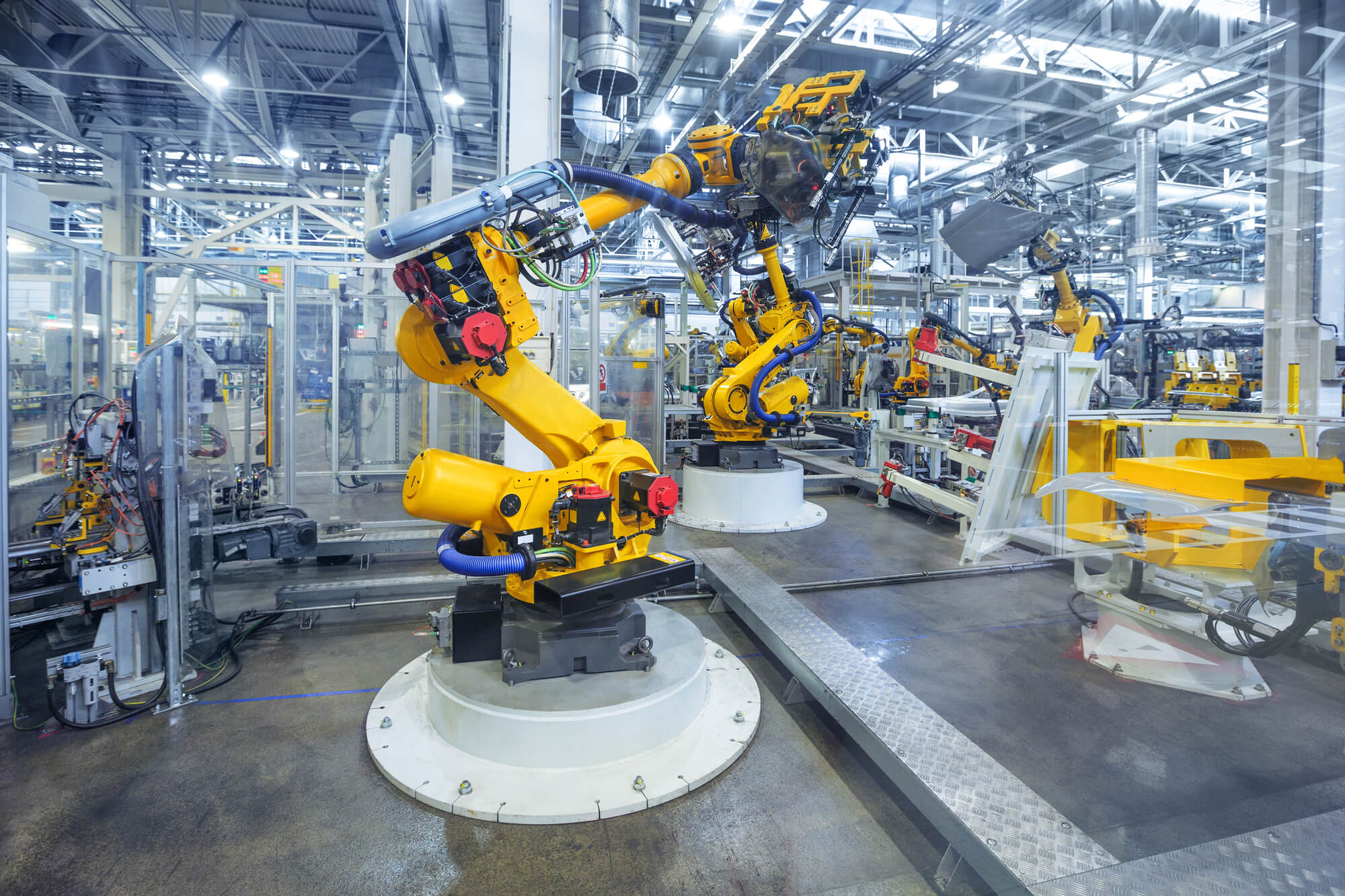
The reference to the Fourth Industrial Revolution is becoming increasingly popular in conversations all over the world, across industries and both in commercial and private sectors, but many people don’t fully grasp the concept of what it is and how it could potentially impact their lives.
So to understand what it is, it is important to go back to how we got to the Fourth one? What were the first three industrial revolutions?
First: 1784 – Introduction of using steam and water (steam engines etc, mechanical production equipment etc)
Second: 1870 – Division of labour, electricity, mass production
Third: 1969 – Electronics, IT, automated production (think computers and the advancement of Information Technology)
Fourth: Cyber-physical systems
The Fourth Industrial Revolution is the concept of blurring the real world and technological world. In terms of the private/household sector, the most simple example is to think of a fridge that automatically senses when you are running low on milk, or a pantry that can sense the coffee, tea or sugar levels are low and both these smart storage units would then consolidate and automatically place an order with your local retailer to have these items delivered to your door – already paid for with your stored credit card details. No more arriving home after a long day at work and hours in traffic, only to realise there is no bread or milk for tea. Similarly, the dog food container would automatically re-order and have dog food delivered to your door so that your beloved Chihuahua, Poncho, would never be without food.
The above example, in its simplest terms, represent a merger of technology and human life to improve the quality of our daily lives – extra time to focus on ourselves rather than focusing on the groceries.
Certainly the most fascinating example of this is the integration of technology via 3D printing and medical advances. A printer that can use medical tissue to literally print an organ or limb to replace a failing kidney or amputated leg – no need for waiting on a transplant list or the risk of rejection – these “new” organs will be printed using your body’s own tissue and cells – almost as though you have a “back up” waiting in a lab just in case you need it one day. This alone highlights the importance of stem cell harvesting and research and development in this field. The possibilities in this industry and endless and to me, this integration could further represent a medical revolution the likes of which have never seen before, all thanks to the integration of technology into modern day medicine.
Now put that same idea into a business/manufacturing context – introducing technology to automatically assess production/stock levels and optimise order placements and production efficiencies. The potential cost savings are endless. Less stock holding, less wastage, less physical labour required, higher output and improved “on time and in full” deliveries. In terms of our business, think of a Pump that can automatically detect a leak or fault and automatically place and order for the required parts in order for the fault to be remedied – this around a planned shutdown in order to limit and/or avoid unexpected downtime and loss of production.
The entire premise of the Fourth Industrial Revolution is based on the advancement of Artificial Intelligence, another term which many people don’t understand. Simply, artificial intelligence is the ability of a machine to receive, analyse and interpret information or signals it receives, and formulate an appropriate response or corrective action without any human intervention. We see artificial intelligence implemented today in self driving cars – a car that can carry a passenger from point A to point B without a driver ever sitting in the driver’s seat. It interprets the lines on the road, knows when to indicate for turning, knows when to stop at traffic lights and knows when it has arrived at its destination.
While all of this seems fascinating and positive, I will leave you with one thought on AI. Facebook initiated an experiment in which they created two chat robots, or chatbots – the purpose of this experiment was to get to the two chatbots to communicate and negotiate with each other without any human intervention. Facebook cancelled the experiment when the two chatbots started deviating from normal English and started using English in a strange way that the humans couldn’t understand – yet the two chatbots seemed to understand each other. While this scenario sounds like something out of a movie, I’ll leave it with you to make up your own mind as to how far we, as humans, want to advance with technology and artificial intelligence.


